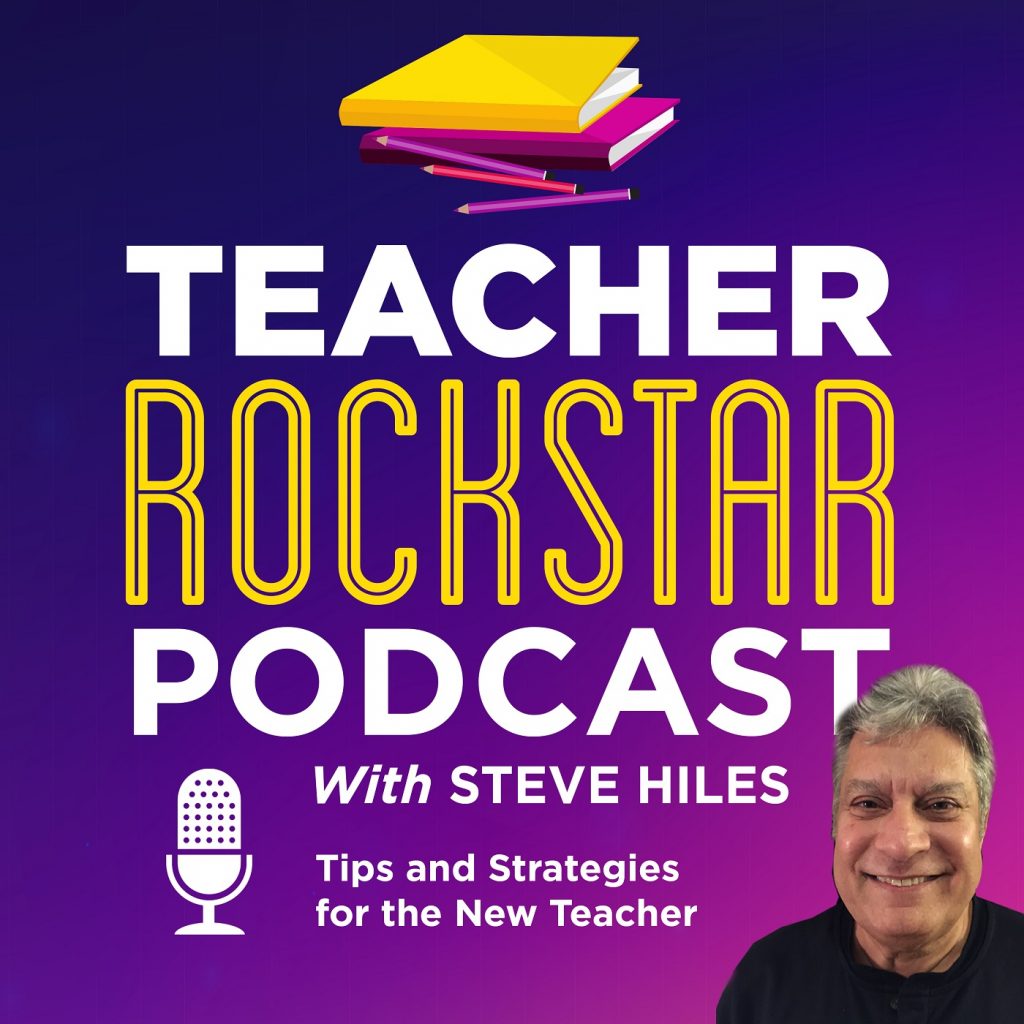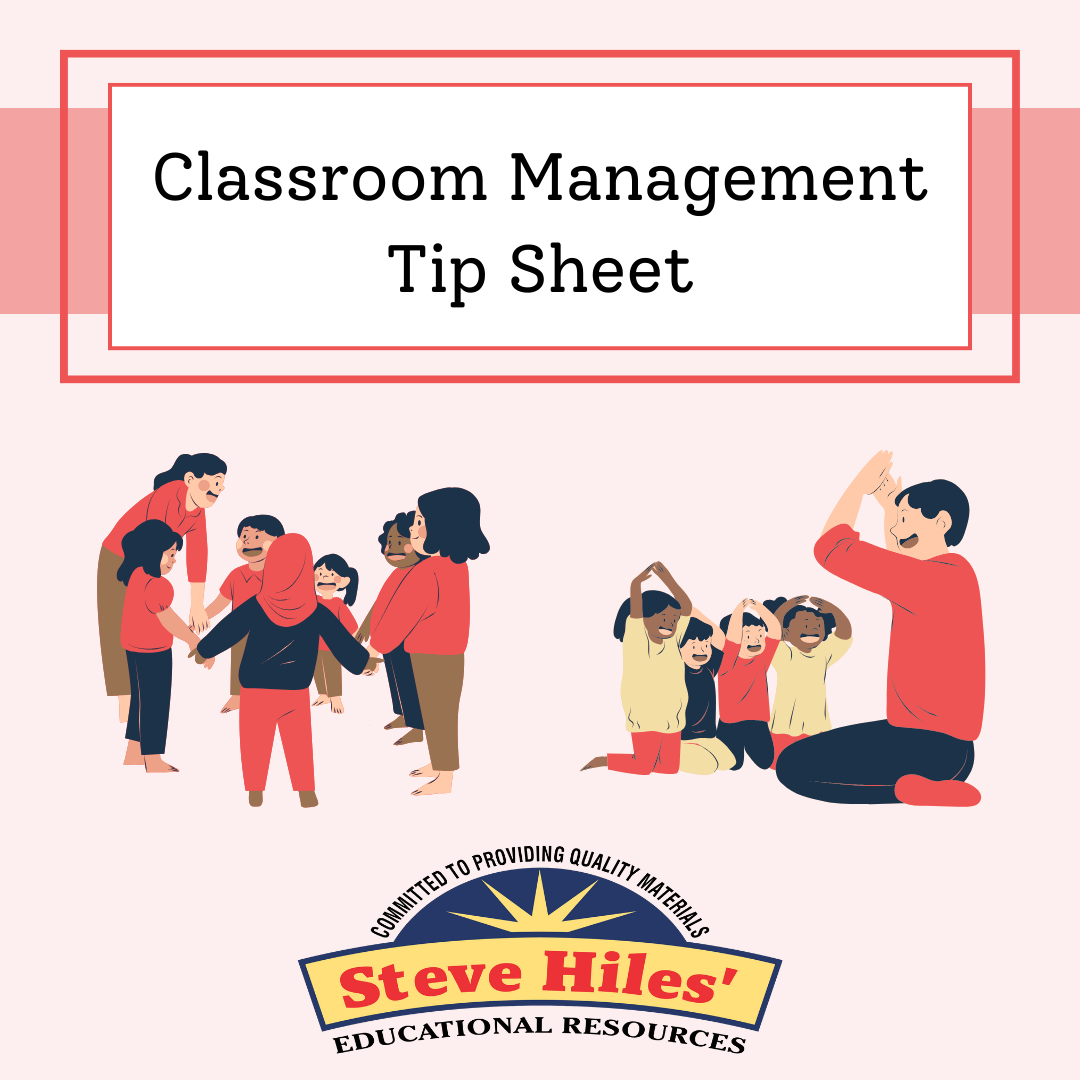You may wonder why one would even use this strategy at all. Well, first and foremost it greatly improves your students’ reading comprehension. It helps students think about the text that they are reading. It teaches students how to ask questions and lastly, encourages students to think creatively and challenges them to use higher order thinking skills.
Now there are 4 types of questions that students will encounter that I want to talk about.
Table of Contents
ToggleThe first is “Right there” QARs
These are answers that are literally right there in the text. Example: the question might be: “What color was the boy’s bike?” Well, when you refer back to the text, you find that the boy’s bike was red. Well, that would be a right there answer, because the answer is literally right there. Making sense?
Next, we come to “Think & search” QAR’s
Now you find the answers to think and search QAR’s by reading through various parts of the text or the chapter – I kind of refer to this as reading between the lines. It’s been my experience that think and search QAR’s were difficult at first for my students, because they were so used to seeing the answer pop up right there – but after lots of explicit instruction and practice they eventually got better and better at it.
This leads us to the next QAR referred to as “Author and you.”
Now these kinds of answers are found in the text; however, the student must relate it to their own experiences. Now just to be clear, the answer does not appear directly in the text, so the student must have read the text in order to answer the question. In other words, the students after reading the text, brings it back to his/her own life experience to answer the question.
Lastly, the “On my own” QAR answers.
It’s important to note here that these types of answers do not require that the student read the passage at all. So, therefore, the student must use their own background knowledge to answer that type of question. For instance: If I were to ask you: “What are some of your favorite sports?” Well, you wouldn’t need to read any particular text to answer that question. You would simply state your personal preference – there’s no right or wrong answer here.
Now after teaching my students the 4 different QAR’s, it was time to put this strategy into effect. When I first started teaching this concept to my students I would start with a rather easy to read simple text and read it aloud to my students. I began with the right there question. I would have a few already made questions for the class. Then after reading a the question, I would model how I got the “right there” answer.
During each QAR session I would introduce a new type of QAR: ie: think & search, author & you and on your own. Here again, I would have preselected questions, read the text and model the strategy. After which, I would show students how to find the information to answer the question. I have used QAR with my students when reading social studies, science and math information from their textbooks. This process worked great for independent and group or partner work.
As time went on, I would gradually increase the length and complexity of the reading assignments. The students would continue to use QAR through the school year. It wasn’t just taught once as a lesson and forgotten about.
There is so much more that can be said about QAR, and we just skimmed the surface, If you are interested in learning more about the QAR concept, I’d like to recommend a book that will get you up to speed about the process. It’s called, QAR Now – A powerful and practical framework that develops comprehension and higher-order thinking in all students. The authors are Taffy E. Raphael, Kathy Highfield and Kathryn H. Au.
In conclusion, I’d recommend introducing QAR as early in the beginning of the year as you can – obviously, the earlier the better, so that kids have enough time to enhance their comprehension skills. Also, it would be great to use QAR systematically as part of your day-to-day lessons. Now keep in mind that QAR doesn’t just apply to Reading language arts lessons, but in social studies, science and math as well.









